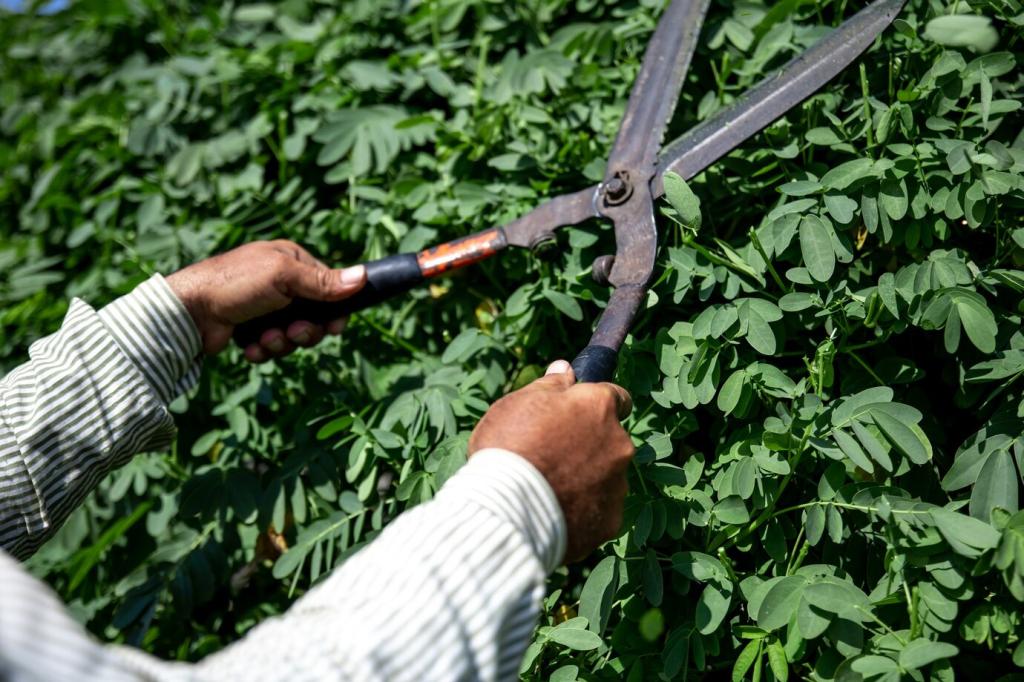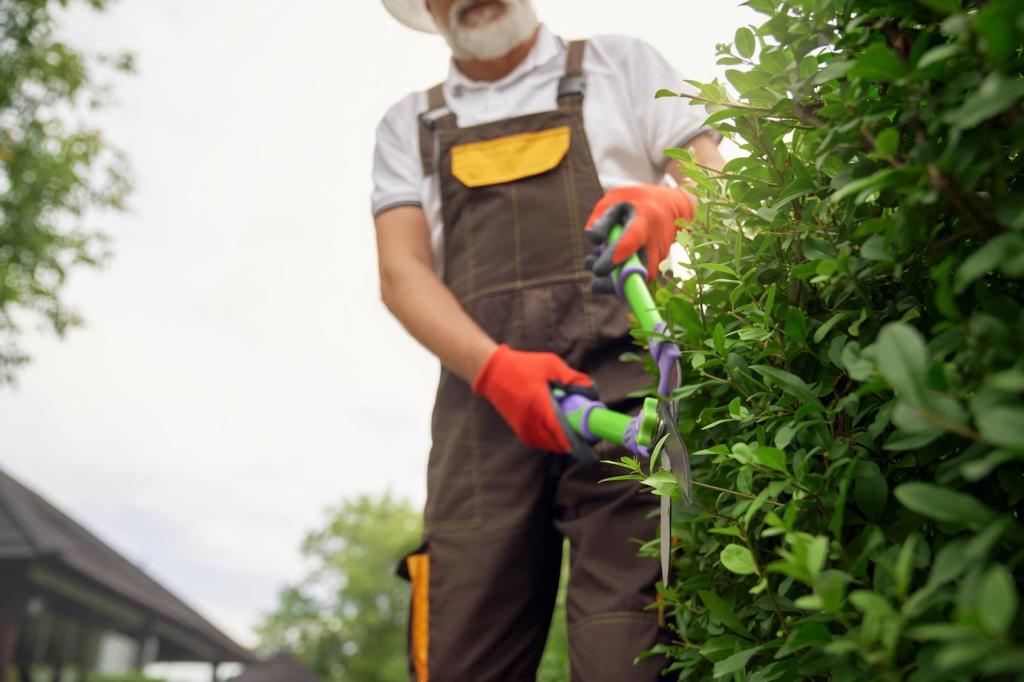Best Practices for Indoor Plant Care
Indoor plants bring vibrancy, natural beauty, and cleaner air into our living and working spaces. However, ensuring their long-term health and thriving growth involves more than just occasional watering. The key to successful indoor gardening lies in understanding the unique needs of each plant, cultivating an environment where they can flourish year-round. Below, we explore essential best practices across crucial aspects of indoor plant care to empower you to maintain a lush and healthy indoor oasis.

Optimal Lighting for Indoor Plants
Understanding Light Requirements
Different indoor plants thrive under varying lighting conditions, from low-light corners to bright, south-facing windows. It’s important to research the specific needs of each plant species you keep at home. While some plants like succulents demand several hours of direct sunlight to flourish, others such as ferns or snake plants will do best in indirect or filtered light. By observing the position of your windows and tracking the natural light patterns throughout the day, you can strategically place your plants to mimic their native environments, promoting robust growth and vibrant foliage.

Proper Watering Techniques
Every plant has unique watering requirements, influenced by variables such as species, size, pot material, and environmental humidity. Some plants enjoy consistently moist soil, whereas others require the soil to dry out completely between waterings. To avoid common mistakes, monitor your plant’s soil by feeling its moisture level, observe the leaves for signs of stress, and be attentive to seasonal changes that impact evaporation rates inside your home. Developing an intuitive understanding of each plant’s needs, rather than sticking rigidly to a predetermined schedule, will help you avoid the negative consequences of improper watering.
Selecting Appropriate Soil and Containers
Choosing the Right Soil Mix
The ideal soil mix varies greatly depending on the type of plant, impacting water retention, drainage, and root development. Cacti and succulents, for instance, prefer gritty, fast-draining blends, while tropical plants like philodendrons require soil rich in organic matter. Investing time to select or custom-mix the right soil for each plant helps prevent issues like compaction, waterlogging, or nutrient deficiencies. Freshly potted plants should have room for their roots to spread, and the soil should give a balance of moisture while allowing excess water to escape freely.
Importance of Pot Size and Material
Container choice plays a vital role in plant health. A pot that is too large can result in soggy soil and slow root development, while one that’s too small can cause plants to become rootbound, struggling for water and nutrients. Materials such as terracotta, ceramic, or plastic also influence moisture dynamics, so it’s worth matching plant needs with the right pot type. Selecting a pot with drainage holes is non-negotiable for most species, as this prevents accumulated water and root rot. Periodically check if your plant needs repotting—signs include roots growing out of the drainage holes or soil drying out too rapidly.
Maintaining Healthy Roots Through Repotting
Over time, even well-potted indoor plants outgrow their containers, leading to restricted root growth and diminished health. Routine inspection and repotting not only provide additional space for roots but also refresh nutrient supplies and enhance drainage. Choose the next size up, gently loosen the root ball, and prune away any dead or circling roots before placing the plant into new, appropriate soil. Regular repotting, every one to three years depending on the plant’s growth rate, minimizes stress and keeps your indoor garden lush and thriving.
Join our mailing list
